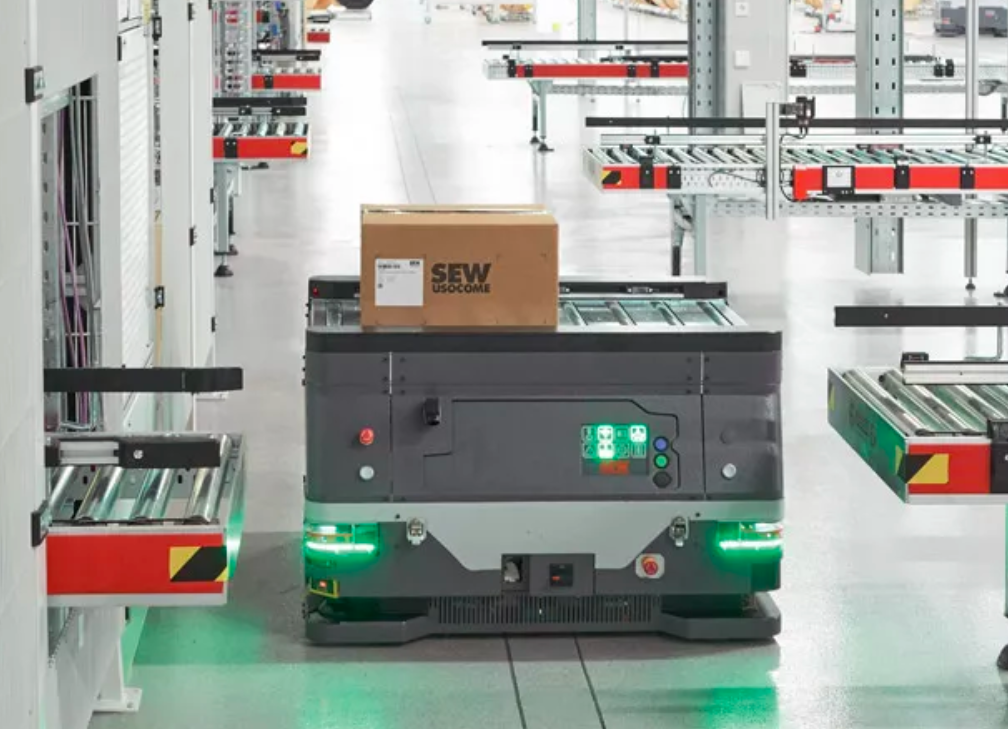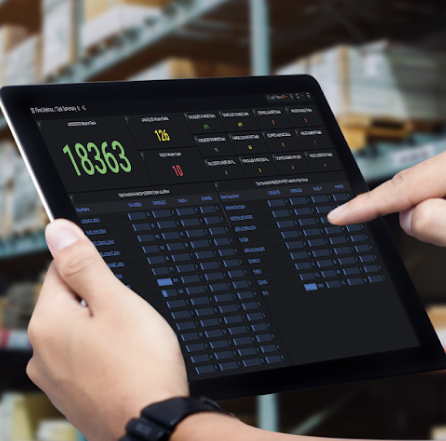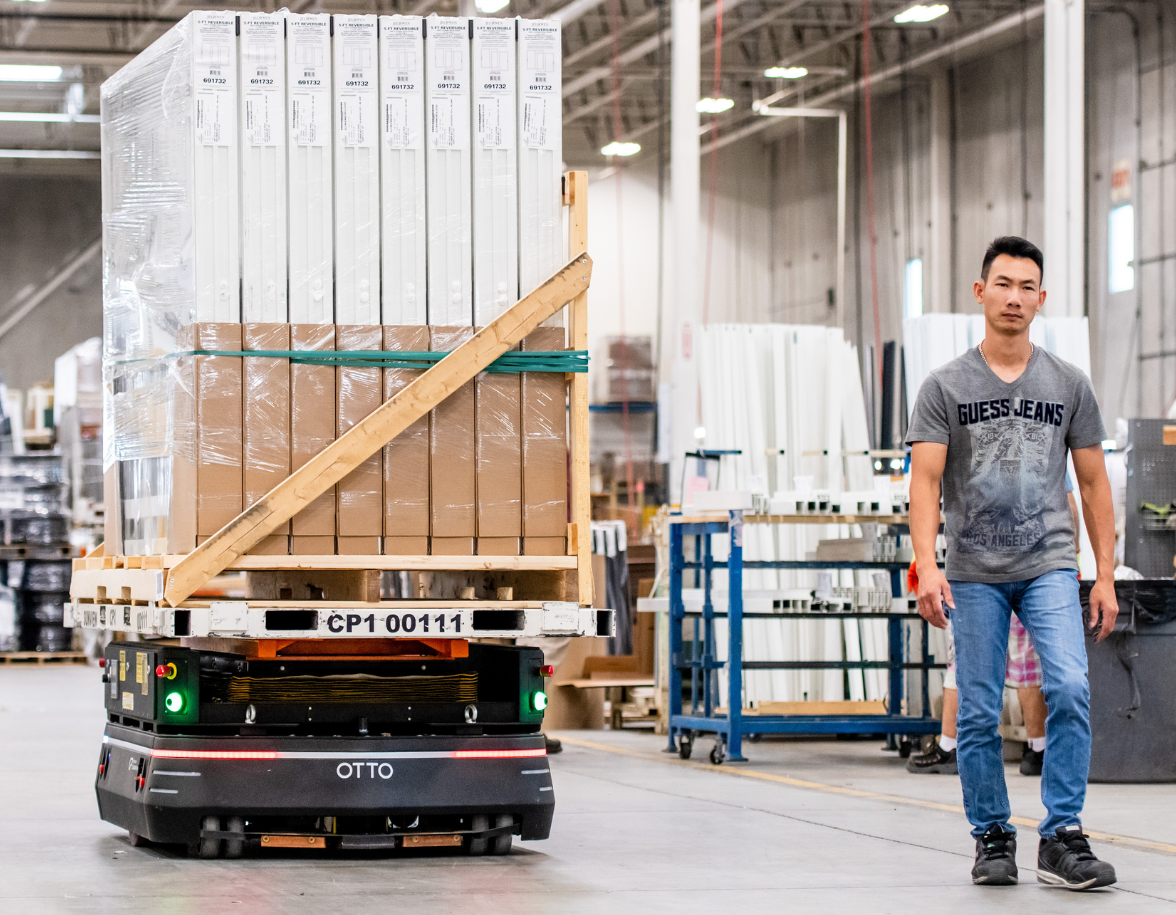Blog
AMA: When should I implement an AMR versus an AGV in my facility?

In this blog series, we’re looking for manufacturing facilities and warehouses to ask their top industry and product questions, and OTTO Motors’ material flow experts will answer them.
Autonomous material movement presents a copious amount of challenges that, until this last decade, was tackled by constraining the types of material movement workflows so less sophisticated technologies like automated guided vehicles (AGVs) could automate them. AGVs are widely known as discrete and repeatable, however they lack the sophistication and flexibility that modern material moving customers are demanding.
As demand increases globally for more capable and intelligent autonomous material movement, an increasing number of robots are being driven by flexible, intelligent, and safe autonomous mobile robot (AMR) software. OTTO Motors' AMRs have been built on modern robotics disciplines enabling higher performance in path planning, localization, traffic management, object detection, and user experience than their AGV predecessors. This results in OTTO AMRs being able to handle a greater variety of autonomous material movement workflows and be deployed at a much faster pace.
When Should I Implement an AMR Versus an AGV in My Facility?
- An AGV is the better choice when the application only requires a fixed or limited set of interactions with the factory/other vehicles and does not need to be reconfigured or expanded in the foreseeable future.
- An AMR is the better choice for facilities and workflows that require solutions which are resilient to disruption (factory changes/other vehicles).
- An AMR is the better choice when an operation may need to be reconfigured or expanded in the future.
- An AMR is the better choice when the material flow’s route uses multi-user aisle ways, with the possibility of encountering workers, forklifts and tuggers. The AMR can safely drive alongside people and other equipment without reducing productivity.
- An AMR is the better choice for dynamic, mission-critical applications where obstacle blockages slow down the entire operation. If material handling is a crucial element of a key workflow in your facility, an AMR offers the dependability and flexibility needed to consistently meet key output goals by autonomously navigating around the obstacle.
When making an investment in material handling automation equipment, it’s critical to understand the differences between an AMR and an AGV, particularly with consideration for your facility’s specific needs. Choosing the right technology will benefit your facility not only in the short term, but also as your facility scales and changes in the future.
Written by Bryce Vondervoort, Director OEM Partnerships at OTTO Motors.







